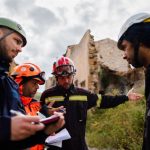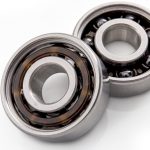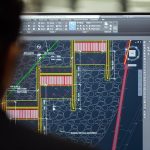The Houston based startup Future Sight AR recently underwent Decelera, an intensive “decelerator” program sponsored by Schneider Electric. Punchlist Zero caught up with their CEO, Lori-Lee Elliott, to find out more about the future of enhanced reality.
So where did the idea for Future Sight AR come from?
Lori-Lee Elliot: I’m a second-generation commissioning engineer. My dad was in the industry and I grew up around projects all around the world. When I was doing my Master’s at NYU, I got some exposure to nascent immersive technology, I remember one event in particular where I got to experience very early smart glasses.
Right after graduation, I had an opportunity to go to Australia on an expat assignment with an EPC company. It was a great opportunity to be part of a mega project. Coming from a data and technology background, it was really surprising to me how analog all elements of the project were. We were printing out drawings and carrying them around. I knew there had to be a better way to have this important information at our fingertips and out in the field.
That project ended up not being unique. I came back to the States and worked on a few LNG projects and had a similar experience. I decided it was time to take action and see how we could introduce better technology to the field.
I met my co-founder and we spent six months trying to partner with software firms to develop better technology. We weren’t necessarily trying to form a company. That changed when I met with an investor in California. He told me “To make this work, you have to do it yourself.” So we did.
On your website, I see four different products. Katana XR. Katana Pro, Katana AR, and Atlas. Can you talk about the case use for each?
All of the Katana products are actually the same application, just on different devices. Katana AR is the most accessible way to get Katana because you can download it onto an Android phone. Katana XR is on what you experience on Magic Leap One headset, and in the future hopefully other headsets such as the Hololens. On a headset, you get a much richer immersive experience. The digital work instructions presented to you interact with your environment and you have more control over the set-up of your digital workspace.
Katana Pro is the web application, used on a desktop. Supervisors, management, and anyone who wants to create work instructions, tutorials, guides, checklists, etc., will use Katana Pro.
Atlas VR is a completely separate product that we put together last year. With Atlas users can collaboratively review 3D models in virtual reality using the HTC Vive or Oculus headset.
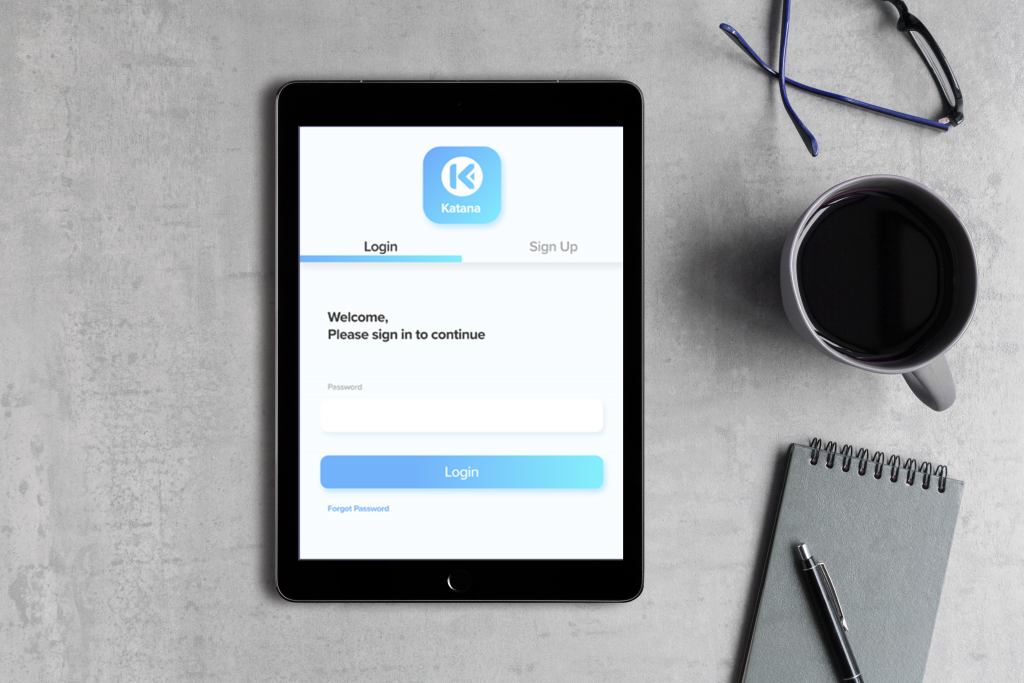
How many different drawing packages are supported by Atlas VR?
Any drawing package that can export something to the .fdx or .obj file format. Revit, Navis, SketchUp, Solidworks, Microstation and many of the most popular drawing packages can generate Atlas-ready files.
We’ve seen immersive experiences before. What makes Future Sight AR different?
LLE: There are two main attributes set us apart from competitors: scalability and flexibility.
Scalability is huge with us. A lot of immersive l solutions require an upfront investment and labor to connect immersive content and data. Once a project kicks-off you rarely have nine months to make this happen. Future Sight AR can quickly connect project data to workflows.
Energy projects are always changing. Not only did we have have to build a project that scales, but it also needed to be flexible as well.. As a result, Katana is built to handle changing environments. It isn’t tied down and mapped to specific GPS coordinates.
What is the value of an equipment provider being able to provide Future Sight to their team and ultimately, their clients?
Vendors are one of the key groups we partner with. Our technology will give them a competitive edge when bidding on contracts and add an additional layer of value to the customers.
And on the quality front, the typical rule of thumb is that if you want high quality and excellent safety, it will take longer and productivity will suffer…Using Future Sight AR products, and emerging technologies that digitize and automate work, projects can increase productivity, quality, and safety.
Rework is the bane of my existence. Within the industry, an assumed amount of rework that ranges from 5-12% (an accurate estimate is impossible as projects baked some of the assumed rework cost into unit rates). Boeing did a study on airplane landing assembly that showed a 90% decrease in rework when using augmented reality to guide technicians through workflows. There’s no reason we shouldn’t strive for 100% decrease as this technology takes hold.
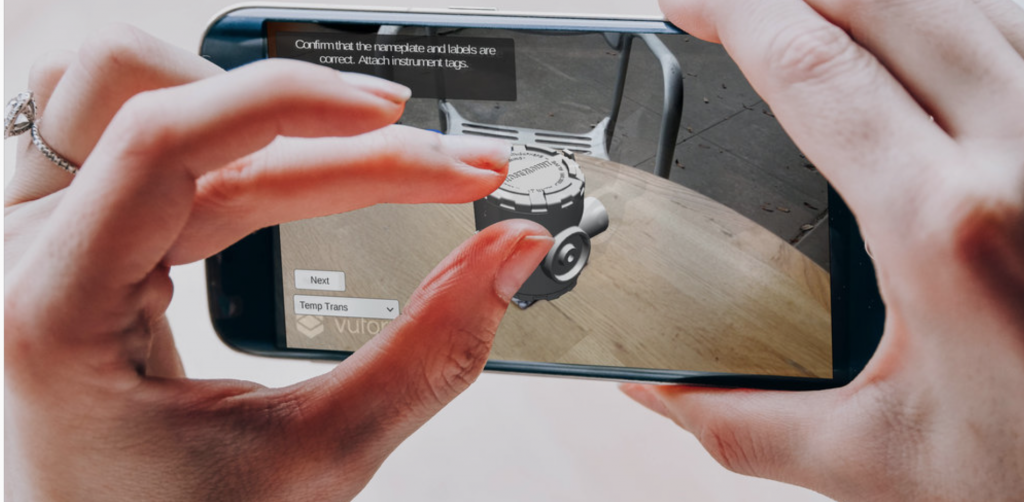
Tell us about the pilot program. What kind of companies are you looking for?
We still have a few openings and are considering companies primarily in oil & gas (EPCs, vendors and owner-operators), but will consider other verticals if the application is right. The pilot program is 30-90 days and can be used with active projects or in the office. If you are looking to uplevel your workforce, we would love to hear from you!
Katana is officially launching on Magic Leap and Android in September 2019. Future Sight is using the rest of 2019 to work with pilot companies and will kickoff rollouts starting in 2020.

